“Come” is one of the many essential and basic verbal cues for obedience training. The word “Come!” is used as a verbal command for your dog to approach you, or come near you. The goal is: When you say “come” to your dog, he must turn his head and come back walking or running to you.
You can also use a hand signal along with this command. This signal is particularly useful when you are outside and your dog is off-leash. In this article, we will show you how to be effective at teaching your dog to come.
How to Teach Your Dog to Come When Called

You will want to start training your dog indoors to minimize distractions (which you can add later for proofing). You can begin by “capturing” your dog’s behavior by luring him with a high-value treat in your hand while you stand about a few feet away from him. As he naturally approaches you to try and ask for it, say “Yes!” or click your clicker to mark and capture the desired behavior. Afterward, when he is already up close, give him the treat along with happy verbal praise like, “Good girl!” or “Good boy! “
Repeat the exercise until your dog shows some measure of consistency when approaching you. Then, add in the word “come” right after his name or simply say “Come!” right at the moment he looks and turns, and walks towards you.
Basic Commands and equipment
- “Come”: The verbal command for your dog to approach you, or run to you. Note that, it may or may not be preceded by his name.
- “Yes”: A verbal/cue marker for your puppy/dog for responding correctly to the command “come”.
- “Good girl!”, “Good boy!”: A verbal reward that is excitedly spoken for your puppy/dog for added motivation and emphasis.
- Collar and leash: The length of the cord will give your dog a chance to move far and around without disappearing, or getting lost outdoors.
- Treats (both regular and high-value) and a treat pouch or a large pocket
Related: How Do You Teach a Puppy its Name? A Step-by-Step Guide
Step: 1 Training Your Dog Indoors
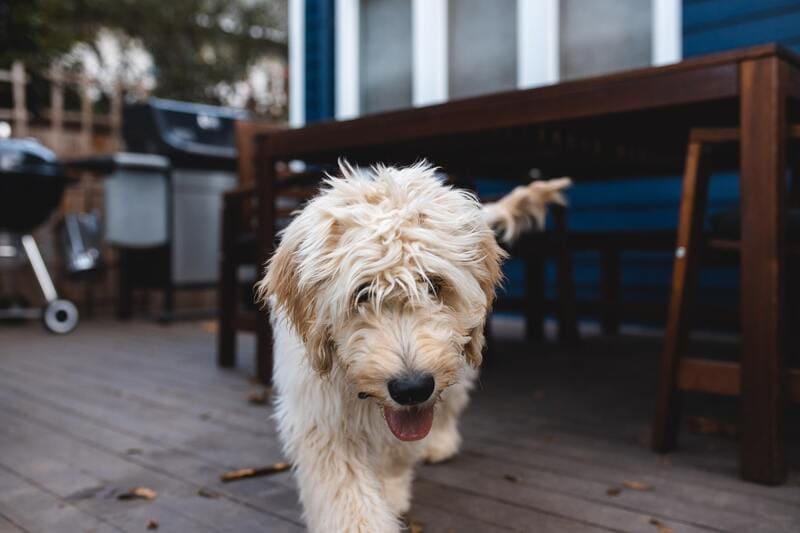
Start training at short distances of about 10+ feet in a large empty room in your house. Or, at least work in a room with nothing to worry about knocking things down. Assuming that you have already established the “come” routine without verbal command, the next step is to coach him to approach you even before he sees the treat.
Look your dog in the eye and say “Come!”. Do this without any treats in your hand, and as he starts moving towards you, say “yes!” to mark the action. Wait for him to get up close to you before giving him the treat. Again, it is important to reward him with more than your usual happy tone to emphasize your pleasure for a job well done. You make your dog happy when he sees that you are happy.
Important Tip on High-Value Treats:
Since we are aiming for a consistent and reliable recall, it should help if we use memorable rewards that will stick to your dog’s memory, you might want to consider high-value treats such as bits and pieces of roast chicken, beef liver, or cheese. When dispensed at the right time, they are an effective motivation for your dog to rush to you when hearing the “come” command.
Step 2: Repeat the Exercise at Longer Distances
With your dog already responding to your verbal cue, try calling him from another room. If he fails to come to you, go back and repeat the exercise. If he comes to you without hesitation, reward him immediately. Repeat the exercise until consistency is achieved.
Given that the same steps and principles also apply to both adult dogs and puppies, all you have to do is add or remove minor things as you progress. As usual, puppies will need more patience and a lot more fun just to keep them interested.
Step 3: Add Challenges and Some Distractions
As you practice recalls daily inside the house, try to up the ante by calling him away from something that he is currently absorbed in. By doing this and challenging his recall ability, you will find out how far he is into remembering and following the command. Then, you can either backtrack a little bit or maybe move forward to the next step depending on his response.
There may be times that it might feel like your puppy takes forever to respond. However, when he eventually does, do not forget to reward him as usual just so that he remembers and tries to do better next time. Patience is key.
Be careful not to keep on repeating the command lest it becomes useless. An adult dog by this stage would already be consistent, so prepare him for the next step. While giving the command, throw his favorite toy in front of him and see if he ignores it and continues to run toward you. If he does, reward him and praise him excitedly like he has done an amazing thing.
Step 4: Time to Take the Training Outside
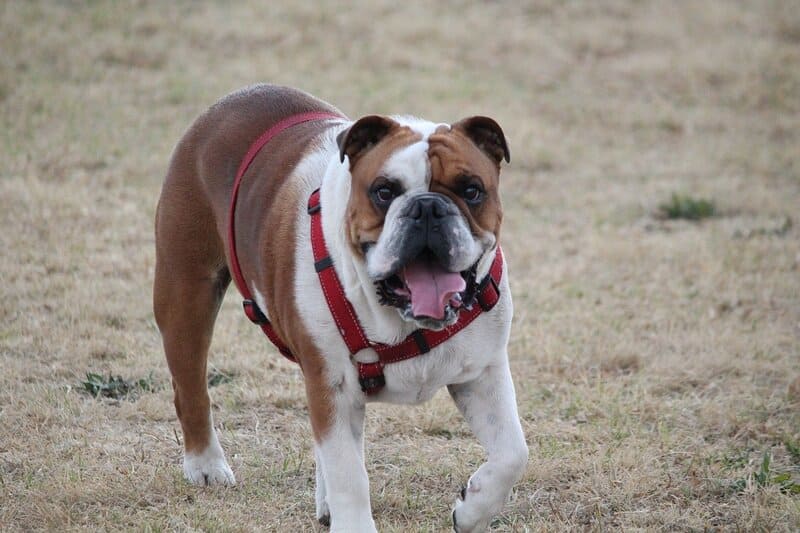
Once your dog is already consistent with following the “come” command, the next step is training out in the yard and onto the street. Later, it will end up to the park.
In the Yard
Put on his collar and attach the long 20-30 feet line to it. It will give your dog the freedom to explore far without you losing control. Do not jerk or pull hard, a gentle tug will do if and when your dog becomes too distracted by something that he forgets to come back to you.
Continue the same exercise that you have done indoors. By being outdoors he has a much larger space to play with and wander before you recall him. Remember to consistently reward him as long as he keeps on correctly responding to your cue. Do not scold your dog when he comes, as it may undo all your efforts for the past few weeks.
In the Park
The ultimate test for your dog’s recall reliability is when you bring him to the park to train. Don’t set your expectations too high on your first time out since this is your dog’s first time responding to an environment with full-on distractions like kids playing, people walking their dogs, and just about every other small animal that is either flying or scurrying around.
Attach his training line to his collar and let him explore and play as he pleases. Then, call him by his name and say “Come!”. If he doesn’t come to you immediately be patient. Whenever necessary, gently collect the leash by pulling it towards you so that he comes back to you. If he gets it the first time, celebrate it with him by giving him a piece of yummy treat.
Be truly excited and let him hear it in your voice when you say, “Good girl” or “Good boy! You got it the first time! That is awesome!”
Read also: How to Teach Your Dog to Stay [Step-by-Step]
“Come” command TROUBLESHOOTING
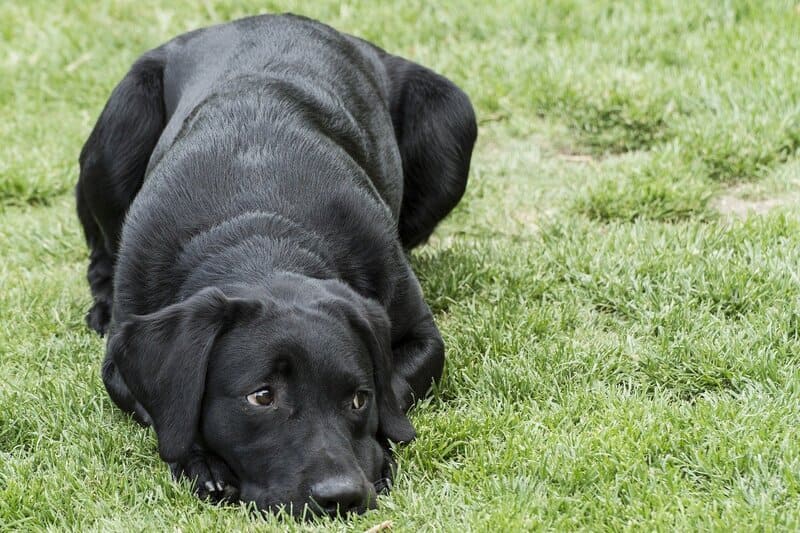
Puppy ignores the call
There are several reasons why a puppy inadvertently ignores you.
- They don’t know their name yet: You will have to train them first to know their name.
- Your puppy simply doesn’t know what the command is yet. This might happen for the first few days but time and effective training will fix the issue.
- They see that there is no reward to come near you: Offer your puppy a treat.
- By some error, you punished your puppy when he came near you: As much as dogs can remember positive reinforcement, they do not forget negative reinforcement as well. Make it up by going along with your puppy and playing games with it. It is likely to pay attention when things look like they might be fun. Then try to reinstate the cue by rewarding him again for coming to you.
Adult Dog Wouldn’t Come
1. You may have called him to “come” to do things that he or she particularly doesn’t like.
Examples of possible dislikes by your pet
- Bath time
- Clipping nail time
- A trip to the vet (some like it, some don’t)
- Leaving the park
The best thing you can do is put him on his leash and gently guide him to his bath, or the car. Don’t use “come” for negative associations.
2. You may have pulled on his leash too hard.
Easy does it.
3. His treats might not be enticing enough.
Not that his biscuits are boring, it won’t make any difference if he is hungry anyway. But variety will help especially if it is a little bit more delicious for your dog.
4. You may be overusing the word “come” due to the frustration that your dog might not be responding immediately.
Try to use the command only at the very precise moment that it will be remembered by your dog. Later, as you slowly fade out the treats it will eventually become his habit to come whenever called. If by any chance “come” is rendered unusable, try replacing it with “here”.
Read also: How to Teach Your Dog to Sit on Command [Step-by-Step]
Tips on How to Accelerate Your Dog’s Chances for Success
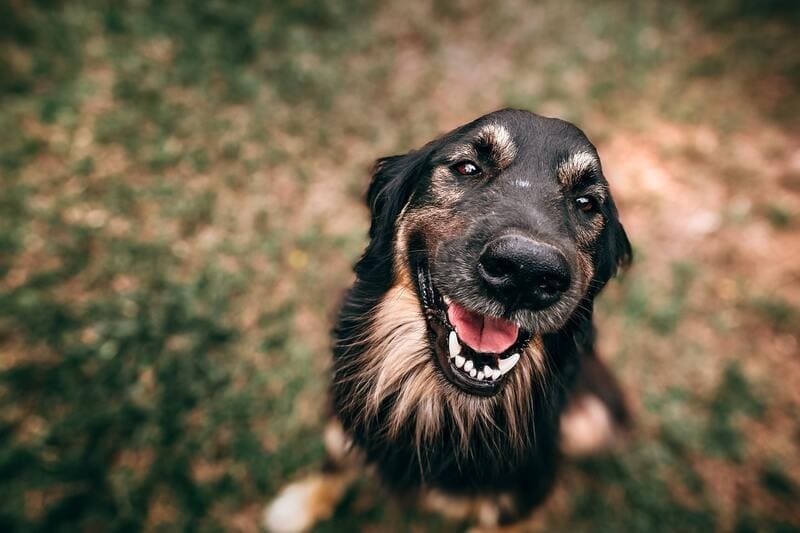
Randomize Your Rewards for Better Recall
Let your dog experience a random reward of not only one piece of roast chicken but 3 all at one time. It is highly likely he will keep on coming to see if he gets that bonus again. It will also excite him like he was called to play a game as dogs live for games and a lot of fun.
Reward Eye Contact
Give your dog additional beef liver if he looks at you willingly or comes to you on his own. This teaches him that being close to you is a reward in itself.
Vary Rewards
You can use walks or trips to the park as rewards too. Use the leash as a cue, so that your dog knows that if the rope comes out, you are going somewhere. A good combination of all kinds of treats will keep your dog happy as he will be more than willing to please you every time.
See also: How to Teach a Dog to Lie Down – A Complete Guide
Teaching a Dog to Come Inside When They Want to Play Outside
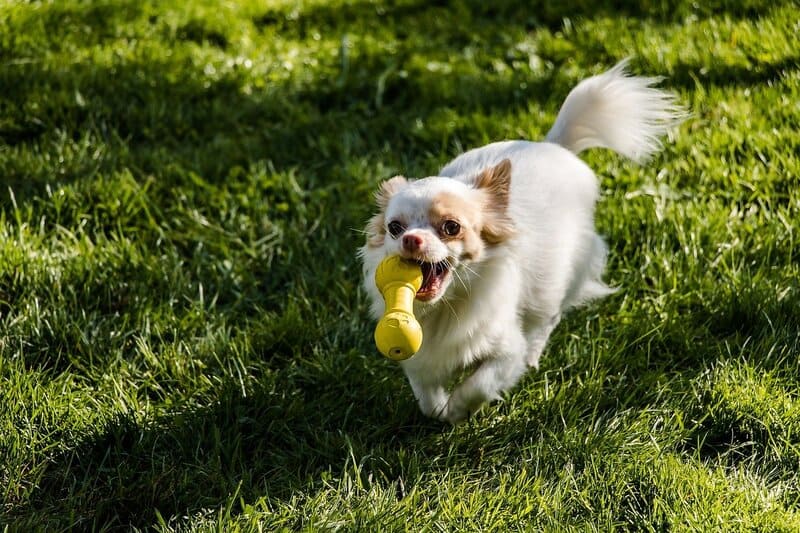
First of all, we recommend that you don’t use the command “come” to end his fun outside of the house That will reinforce a negative association with the verbal cue. What you will want to do is replace it with his name instead, or use another word like “inside.”
Make going inside the house a special command that he will remember specifically. Training is pretty much the same., which is to “charge” both his name and the word “inside” with value by giving him high value-treats when he responds correctly. This way you won’t have to train and retrain him just in case the negative association sticks with the word “come” and this will prevent confusion.
On the first try, you will want to ease your dog into this special training by going to him and putting him on the leash. Gently guide him back indoors and as time passes incorporate the new command with the actions together with a reward whenever there is a correct response.
Related: How to Teach Your Dog to Ask to Go Outside: A Complete Guide
How Long Does it Take to Train a Dog to Come?

Generally, if you were to put a time frame on the average of how long a dog or puppy will learn basic commands like “come”, it takes about 4-5 weeks for them to master it. It will also depend on how much time you are willing to invest. Practice time of 15 minutes per session 3 times a week can make significant progress as opposed to just twice a week.
If your dog is a puppy, it will be ideal to start at 3 months old and spend a total of 15 minutes per day, divided into 5 minutes per session. Puppies have a shorter attention span, so it is best to keep it short. On the other hand, older dogs will also take some time to adjust since they will have to go through unlearning old habits. Follow the steps above and just add patience to the mix and your senior dog will eventually catch up.
Also, it might help to take time to know the breed and previous training experience of your dog, if any. Previous training averse or otherwise, will affect your dog’s learning curve either on an upward or a downward trend. The bottom line is, you can only go as fast as your dog can learn.
How Do I Train My Dog to Come Without Treats?
We recommend that you start his training with the use of high-value treats as a reward. The command “come” is simple to teach but needs heavy reinforcement to retain. Since we are aiming for reliable recall, treats will be necessary at the beginning. Slowly fade out the treats depending on your and your dog’s comfort level. The best way to do it is subtly, hopefully almost unnoticed by your dog.
How Do You Teach a Stubborn Dog to Come?
One possible cause of a stubborn dog is aversive training. He may have experienced being punished while trying to obey commands. Bring out your patience and persist in the lure-reward cycle.
How to Train a Dog to Come to a Whistle
For starters, take your dog to a room indoors that is free of distractions. Be ready with some high-value treats in your pouch and wear your whistle around your neck for easy access. Right at the moment your dog is busy with something else, blow your whistle once. Wait for your dog to approach you, then reward him with treats when he does so.

